
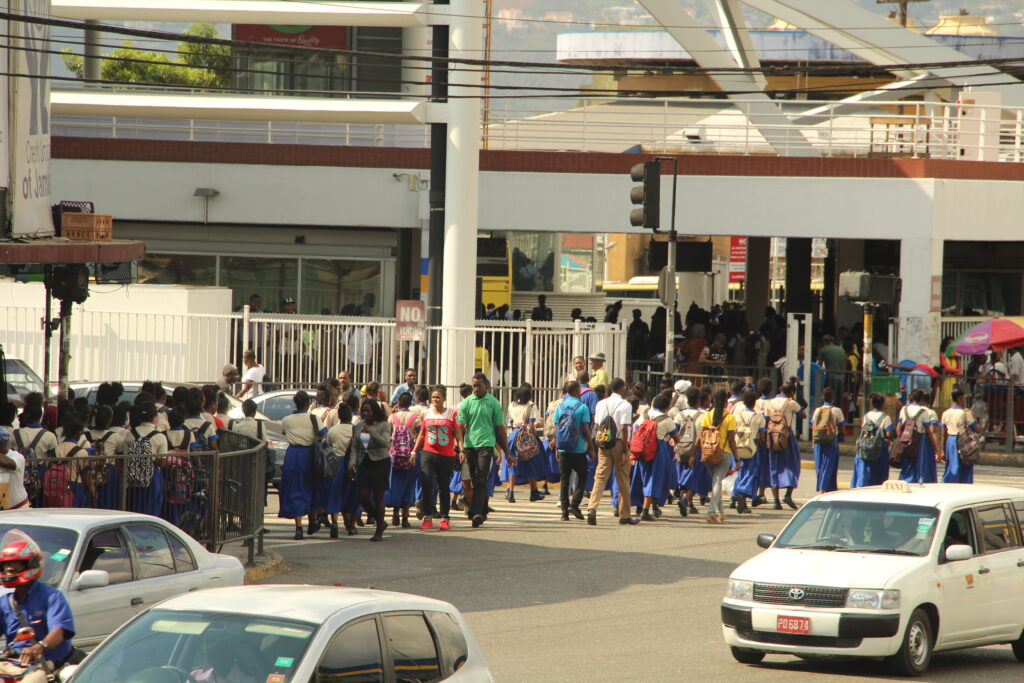
Jamaica is a beautiful country with many problems. However, one that repeatedly manages to fly under the radar is that of public transportation.
Public transportation is a large field that covers much, and many topics concerning it have in fact been discussed at length. Issues ranging from the poor quality of the nation’s roads to the ill-discipline of many bus and taxi operators to the ability of the relevant to properly police the thoroughfares and enforce the relevant laws all receive some attention, and some attempts are made to cobble up a solution.
Unfortunately, in all this talk and action, it seems that the root issue remains under the radar of many, and that is the problem of individualism.
Individualism? What does that have to do with the problem facing our transport system? Well, believe it or not, everything. In the capitalist mindset and society we live in, people work for themselves exclusively, and as such, want to reap all the rewards that come with it.
This in itself isn’t necessarily a bad thing. As humans, each and every one of us is going to be subconsciously dedicated to ourselves first and foremost.
The problem is in how this manifests, and in the field of transportation, it has manifested in the desire for every person to wish for their own car.
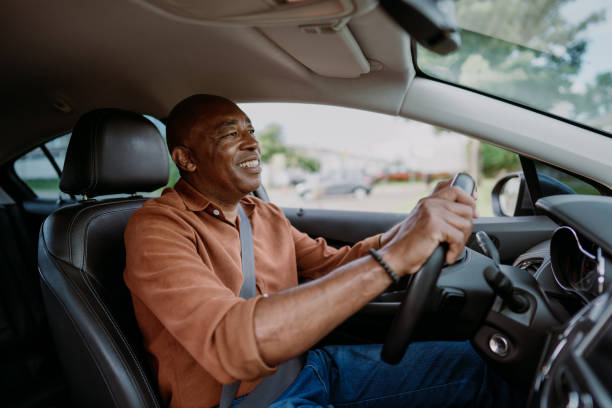
A car is seen by so many people as a crowning accomplishment, a sign of independence and status that
only a few things can match. Not even a place of residence can compare, as seen in the now common statement, ‘A house can’t skate-pon-toll’.
Now, cars serve an important role in society. They enable us to move from place to place on our own schedule and reduce our dependence on others, making us more self-sufficient.
However, the fundamental issue with all of this is that Jamaica was not designed for such a large number of individual commuters and is clearly struggling under the strain.
We have to remember that much of Jamaica’s road network was not built between the late 20th and early 21st centuries.
Much of the roads, especially those in the rural countryside, started out as little more than well-traversed footpaths that were, in time, widened and modernized for the use of horses, donkeys, and, at best, the occasional automobile, buggy, or cart.
However, as time progressed and motor vehicles became more popular and mainstream, the types of traffic changed. The problem was that it was far more of a struggle, and sometimes it was outright impossible for the road network to change with it.

It is far easier to buy a new, fancy, modern car than to upgrade a road to properly accommodate it.
The results are apparent and can speak for themselves. Look no further than Junction Road, the only way for commuters in St. Mary and Portland to make their way to the corporate area.
With the Wag-Water River on one side of the road and the steep, hilly banks of the waterway on the other, motorists must deal with an incredibly narrow and windy road meant more for animal transport than modern motor vehicles.
This sorry state of affairs has not persisted due to a lack of attention. The Andrew Holness-led administration has sunk over a billion dollars into a venture to modernise but after repeatedly
outrunning its prescribed budget, and work continuing over five years past its scheduled deadline in 2023, the prime minister would announce that it was time to cut losses.
The Jamaican road system is like a canal during a storm, now having to channel higher volumes of water than it was built for.
The result is predictable, but no less catastrophic. We have allowed our roads to effectively become clogged and bloated, with the desire for each and every person to have their own vehicle leading to increased traffic and congestion.
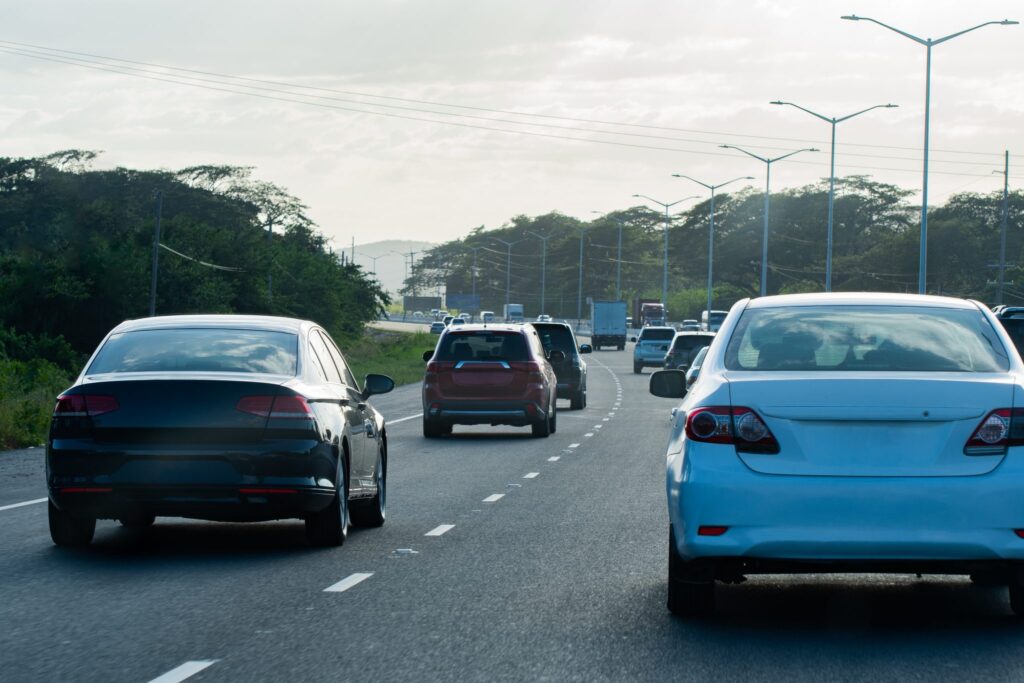
Credit goes to the government, they have been attempting to find solutions by greatly expanding the infrastructure and capacity of several roads and by creating entirely new ones.
The Constant Spring Road expansion, alongside that of Three Miles, Hagley Park Road, and the expansion of the Highway 2000 project, all stand out.
However, truth be told, these are expensive short-term solutions that do not solve the long-term
problem. In time, the volume of cars on the road, which is always increasing, will catch up to the newly expanded roads, and the whole process will have to be done over again.
The real, meaningful solution would be for the government to make a greater effort to encourage the Jamaican people to once again turn to public transport.
The Jamaican public transport system is currently a mess, and that is putting it gently.
Private operators control much of the market, be they taxi operators or coaster bus drivers, and they
operate in a way aimed at maximising profits at the expense of proper rules and safety.
People have always complained about the conduct of these public passenger operators, their dangerous nature, their high and unfair prices, and the condition of their vehicles.
However, time and time again, they turn to them, in spite of all of these. Why is this? It is simply because they feel like they do not have a real choice that there is a lack of better options.
And that is the crux of the matter: the government has not invested heavily enough in an alternative.
The Jamaica Urban Transit Company is an entity that depends on the government for its survival, and yet it still struggles to truly combat its own internal issues of reliability while simultaneously successfully competing with other public passenger operators.
More than that, the JUTC remains a half-measure, limited to just the corporate area, Portmore, and Spanish Town, with no other major operations elsewhere.
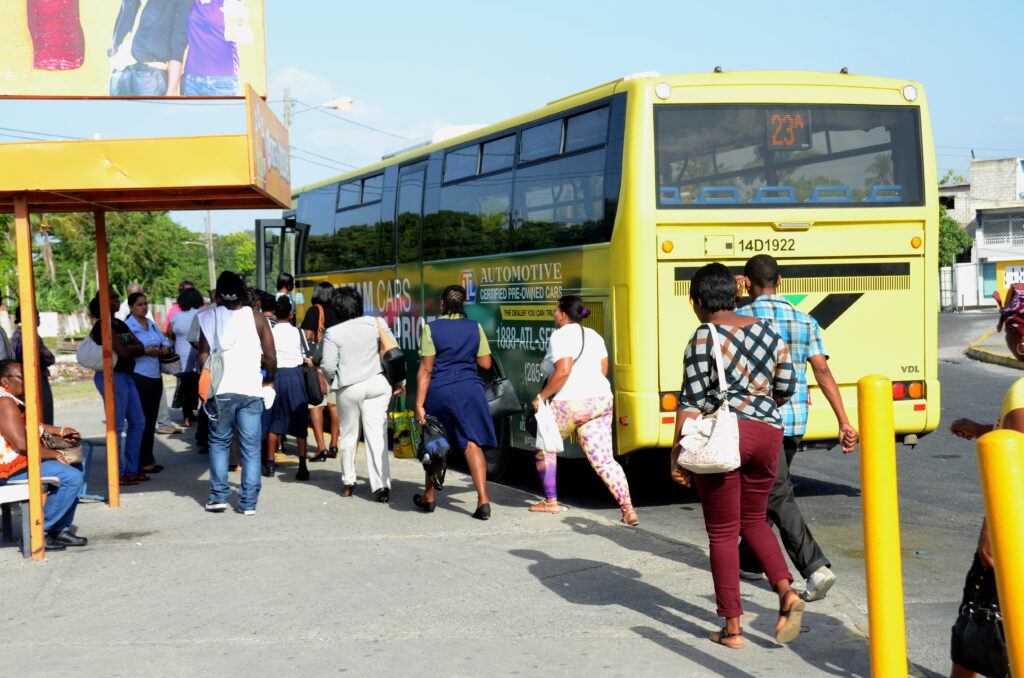
The bus serves as a long-term solution to the issue we face. Buses can carry several more people, and
take up less space on the streets, reducing overall congestion and increasing the number of people transported.
Not only would it likely be cheaper for individual commuters (bus fares do not compare to rising gas prices and car maintenance), but it would also prove to be an avenue for the government to make additional money.
Perhaps the key is not road widening but the better allocation of funds to encourage and
facilitate the return to public transport over individual cars, reducing the weight and congestion on the
road network while potentially increasing profits and overall stability.




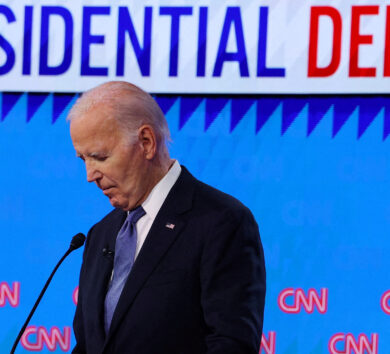


Comments